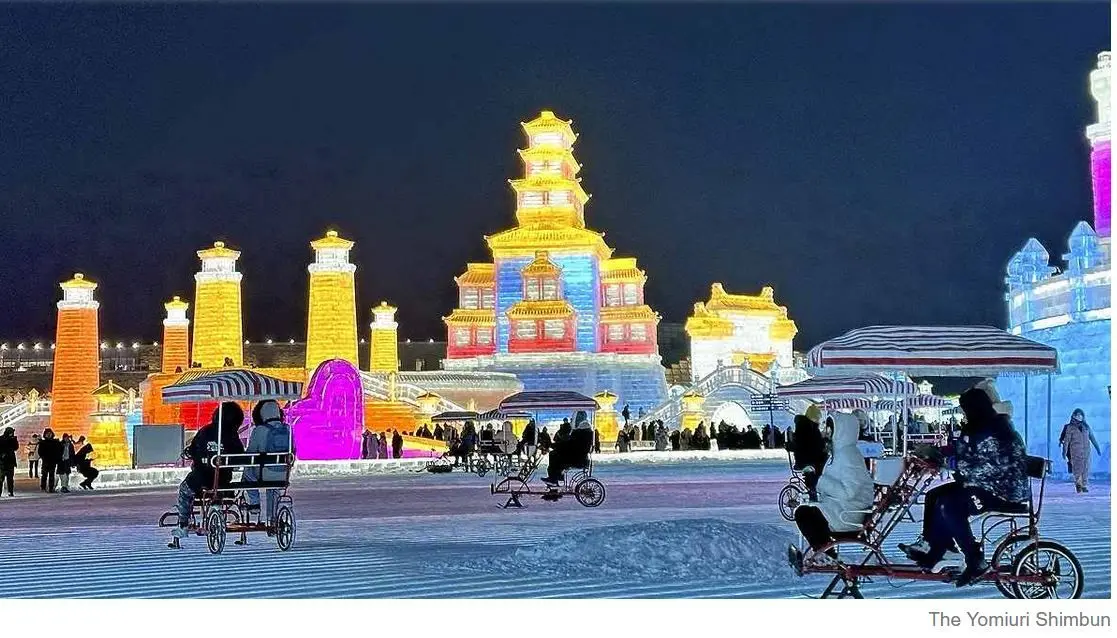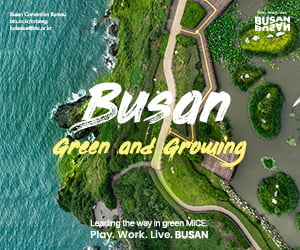The annual Harbin Ice Festival in China is the world’s largest of its kind. Along with Japan’s Sapporo Snow Festival, Canada’s Quebec City Winter Carnival, and Norway’s Ski Festival.
The Harbin International Ice and Snow Festival is listed as the Top 4 ice and snow festivals in the world.
The Festival is celebrated annually in January and February, and the ice melts in March. It attracts tourists from all over. The Festival attracted some 18 million visitors and generated more than US$4.4 billion of revenue in 2018. This year, an average number of 30,000 visitors come through the gates and at this rate, it is expected to overtake 2018’s figures where some 18,500 people visit each day.
The Festival takes place in Harbin, the capital of Heilongjiang which is China’s northernmost province. Harbin is known as “Ice City” for having the longest and coldest winter in China as it receives its cold winter winds from Siberia. This arctic climate accounts for the reason this Festival can operate functionally for such an extended period. The average temperature in summer is 21.2 °C (70.2 °F), and –16.8 °C (1.8 °F) in winter. Annual lows of -25 °C (–13 °F) are not uncommon.
Founded in 1999, the Harbin Ice and Snow World has become the world’s largest ice and snow theme park, covering an area of about 800,000 square meters (80 hectares) and consuming more than 250,000 cubic metres of snow and ice taken from the nearby frozen Songhua River which is the fifth longest river in China.
Teams of elite ice sculptors come from all over the world to make the world’s biggest ice artworks such as fairytale castles, towers and famous landmarks. This year Beijing’s Temple of Heaven is featured. These exquisitely detailed, mass-produced ice sculptures are the main attractions of the Festival where it has become the top highlight of most Harbin winter tours, showing to the world the unique charm of Harbin’s ice and snow culture.
Each year the park has to be rebuilt with newly designed ice buildings and snow and ice sculptures. There are more than 2,000 ice and snow sculptures every year in the park. Visitors walk around in the lanes between the edifices as if walking through a small town (about 25 city blocks).
The ice sculptures are so big, you can even walk on them or into them. The ice sculptures look more surreal under the night illuminations. If you want some adventure, you can slide down the world’s longest ice slide, which will be over 300 meters long, to experience icy speed and fun.
The Festival also includes many interesting activities and events, such as ice and snow carnival, international ice sculptures competitions, ice lantern show, sledging, ice football, speed skating, Alpine skiing competitions, fishing, swimming, calligraphy display, photo exhibition, folk song and dance performances, amongst the many activities.
Harbin gets dark at around 4 pm in winter. The best time to enter the ice world is around 3 pm to appreciate the transparent and shining ice sculptures in the daytime, soon followed by the dazzling colours and light effects at night. It is recommended to spend no more than four hours inside the park, since it is well below freezing, especially after sunset.










